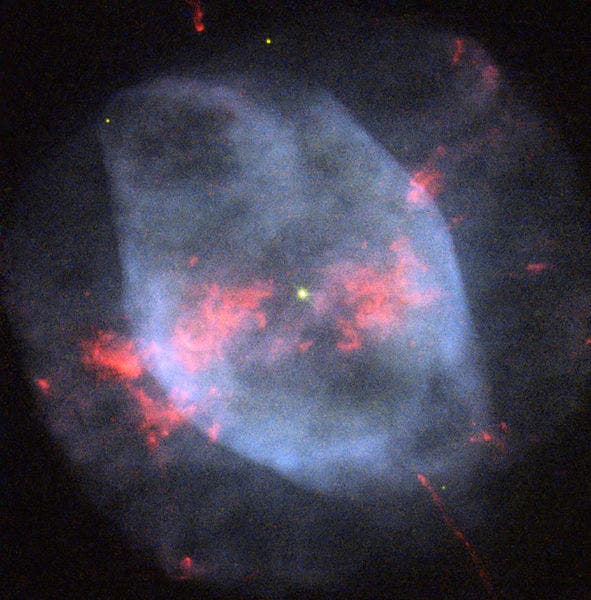Astronomers were surprised to discover a cluster of younger stars hiding in the center of our galaxy, among other, much older stars.

Until now, researchers believed that the Milky Way’s central area comprises only of older stars, but according to a new study, the area continued to generate new stars.They found this by looking at the so-called Cepheids.
Cepheus is a constellation in the northern sky, one of the 48 constellations listed by the 2nd century astronomer Ptolemy. Cepheids are significant to study because they brighten and dim periodically, and you can infer some information about their distance and relative geometry.
A survey using the European Southern Observatory’s VISTA telescope, which analyzes infrared light, examined the Cepheids and found that 35 out of the 655 stars were “classical Cepheids”, much younger stars than the ones surrounding them.
“All of the 35 classical Cepheids discovered are less than 100 million years old. The youngest Cepheid may even be only around 25 million years old, although we cannot exclude the possible presence of even younger and brighter Cepheids,” Dante Minniti of the Universidad Andres Bello, the study’s second author, said in a statement.
At the moment, we don’t really know how or why these stars formed – this is what the team plans to study next.
Was this helpful?